Submariner1
Member
- Messages
- 194
- Location
- Berkshire
I need to replace my existing drain valve, by using a 90 deg. Elbow and a nipple extension and a mini ball valve. With a hosetail to use some plastic tubing to collect the water.

And avoid getting down and grovelling around to reach the cock tap! ( a total pain) sandwiched between a Saw and a Mower.

The original cock also blasts air and water straight at the ground, which only has 20mm clearance, so effectively blasts wet air back up onto the bottom of the tank! ... a dumb way to rust the tank and the wheel chassis!
Its going to be crucial, that the final angle once the elbow is reasonably tight ( using Loctite 577 ) is pointing to the side of the tank ( to access it).
Apparently the tank has a 3/8 parallel female, and the original Cock valve has a 3/8 G fitting, which I assume is BSP P (parallel).
my question is:
If the street elbow (with a parallel nipple into the female end of the elbow) ends up pointing the wrong way once tightened;
Can one alter the angle it locks up by grinding off say 1/2 a thread turn on the nipple. So it effectively starts the thread engagement 1/2 a revolution earlier?
( I am hoping that works).
Note I have had Loctite 577 fail on one previous joint, when I had to back off the fitting 1/2 a revolution to get the angle right. Admittedly I did “bump” the joint accidentally, quite lightly, after about 5 mins ( so I might have disturbed it as it was setting off). As its awkward to get, at definitely I don’t want to risk a compromised joint.
Likewise:
Would the same idea work if I put the male BSPT end of the elbow into the tank?
I suspect that would not alter the angle the elbow ends up; because the tightening point is more determined by the position where the taper gets fat enough, (in the parallel female of the tank) to lock it up. Or is my logic on this concept flawed?
I am hoping the female on the tank, stops the nipple protruding into the tank, i.e. locks up before the nipple is higher in the tank, than the floor of the tank. Do most tank manufacturers think of this potential water trap? Or do I have to ensure (by measuring / counting the threads) that this does not happen? , and create a slight water trap in the tank.
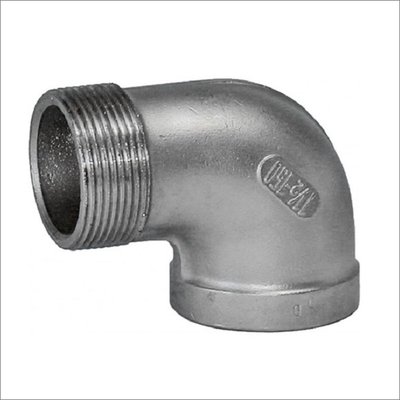
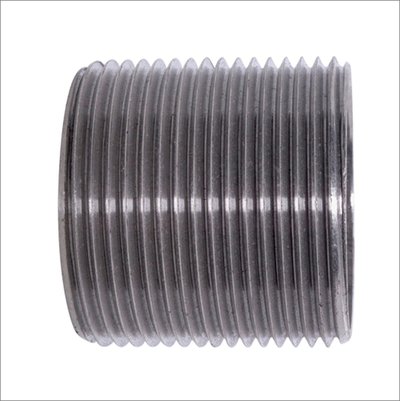
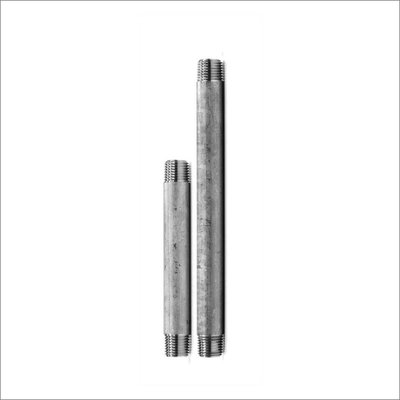
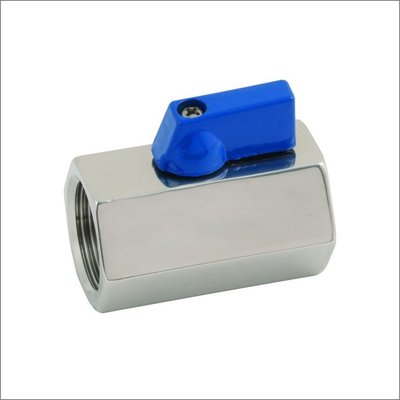
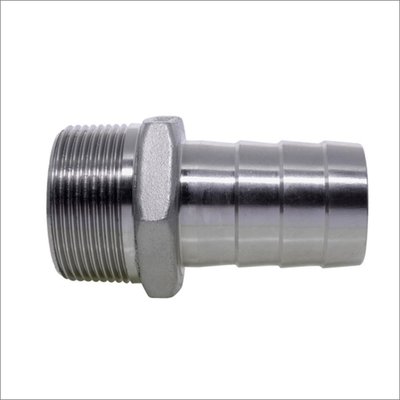
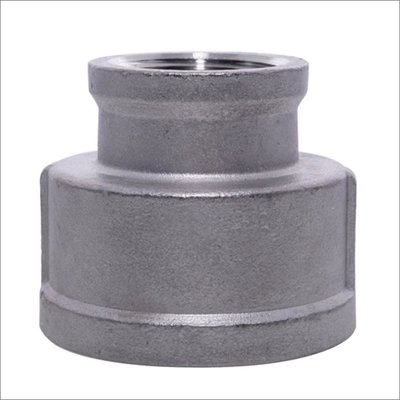
And avoid getting down and grovelling around to reach the cock tap! ( a total pain) sandwiched between a Saw and a Mower.
The original cock also blasts air and water straight at the ground, which only has 20mm clearance, so effectively blasts wet air back up onto the bottom of the tank! ... a dumb way to rust the tank and the wheel chassis!
Its going to be crucial, that the final angle once the elbow is reasonably tight ( using Loctite 577 ) is pointing to the side of the tank ( to access it).
Apparently the tank has a 3/8 parallel female, and the original Cock valve has a 3/8 G fitting, which I assume is BSP P (parallel).
my question is:
If the street elbow (with a parallel nipple into the female end of the elbow) ends up pointing the wrong way once tightened;
Can one alter the angle it locks up by grinding off say 1/2 a thread turn on the nipple. So it effectively starts the thread engagement 1/2 a revolution earlier?
( I am hoping that works).
Note I have had Loctite 577 fail on one previous joint, when I had to back off the fitting 1/2 a revolution to get the angle right. Admittedly I did “bump” the joint accidentally, quite lightly, after about 5 mins ( so I might have disturbed it as it was setting off). As its awkward to get, at definitely I don’t want to risk a compromised joint.
Likewise:
Would the same idea work if I put the male BSPT end of the elbow into the tank?
I suspect that would not alter the angle the elbow ends up; because the tightening point is more determined by the position where the taper gets fat enough, (in the parallel female of the tank) to lock it up. Or is my logic on this concept flawed?
I am hoping the female on the tank, stops the nipple protruding into the tank, i.e. locks up before the nipple is higher in the tank, than the floor of the tank. Do most tank manufacturers think of this potential water trap? Or do I have to ensure (by measuring / counting the threads) that this does not happen? , and create a slight water trap in the tank.













 .
.